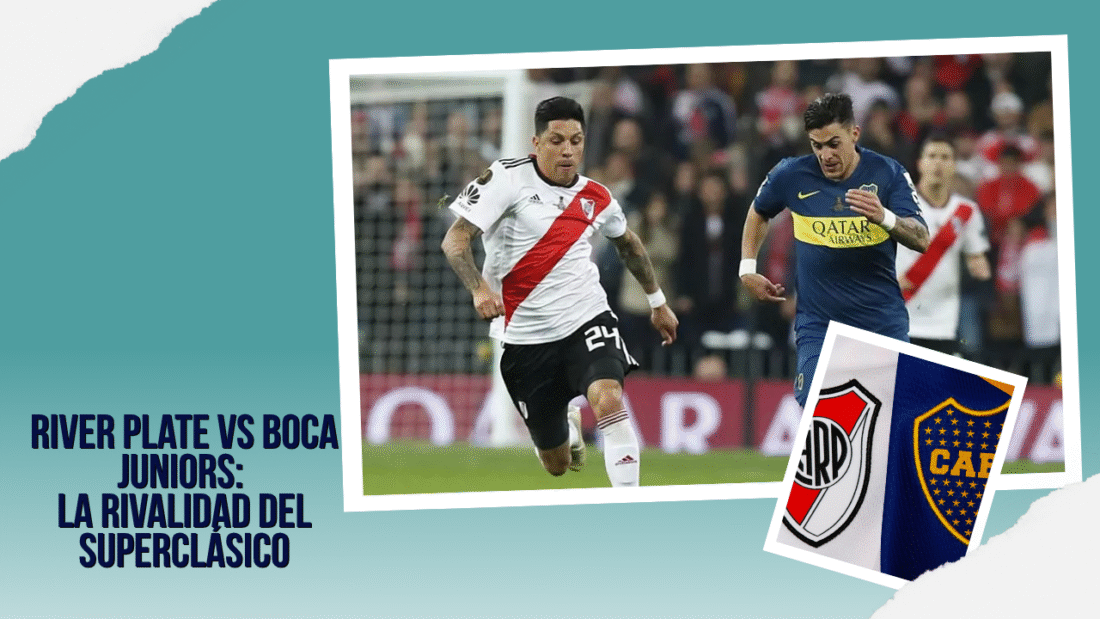In the heart of Buenos Aires, where passion runs as deep as the Río de la Plata itself, exists one of football’s most intense and storied rivalries. The Superclásico between Club Atlético River Plate and Club Atlético Boca Juniors transcends sport, embodying the very soul of Argentine culture and social identity.
Origins of an Epic Rivalry
The rivalry between these two giants began in the early 20th century, rooted in geographical and social distinctions that would define their identities for generations. River Plate, founded in 1901, originated in the working-class neighborhood of La Boca before eventually moving to the more affluent Núñez district. Boca Juniors, established in 1905, remained in the gritty port neighborhood of La Boca, embracing its blue-collar roots.
This geographical divide created a natural class-based tension. River Plate became associated with the upper-middle class and aristocracy, earning the nickname “Los Millonarios” (The Millionaires), while Boca Juniors proudly represented the working class, immigrants, and the passionate spirit of the barrio. These social contrasts fueled a rivalry that extends far beyond the football pitch.
The Theater of Dreams and Nightmares
The iconic stadiums of both clubs serve as cathedrals for their devoted followers. River Plate’s Estadio Monumental, officially known as Estadio Más Monumental, is the largest stadium in South America, capable of holding over 84,000 spectators. Its imposing structure in Núñez reflects the club’s grand aspirations and historical success.
In contrast, La Bombonera (officially Estadio Alberto J. Armando) in La Boca is smaller but arguably more intimidating. With its steep stands and unique architecture, the stadium creates an acoustic phenomenon that amplifies the crowd’s roar, making it one of the most feared venues in world football. Diego Maradona once described it as having “no corners for cowards to hide.”
Legendary Players and Memorable Moments
The Superclásico has witnessed some of football’s greatest talents grace its stages. River Plate has produced legends like Alfredo Di Stéfano, who would later achieve immortality at Real Madrid, and more recently, players like Pablo Aimar and Radamel Falcao. The club’s philosophy of attractive, technical football has earned them the nickname “Los Millonarios” and a reputation for developing exceptional talent.
Boca Juniors, meanwhile, is synonymous with Diego Maradona, arguably the greatest player in football history. Maradona’s deep connection to the club and neighborhood embodied the passion and defiance that Boca represents. Other legends like Juan Román Riquelme, Carlos Tevez, and Martín Palermo have worn the iconic blue and gold jersey with distinction.
Cultural Impact Beyond Football
The Superclásico’s influence extends far beyond the 90 minutes of play. It divides families, shapes political allegiances, and influences social interactions throughout Argentina. The rivalry reflects broader themes of class struggle, identity, and belonging that resonate throughout Latin American society.
The match regularly attracts global attention, with celebrities, politicians, and football enthusiasts from around the world traveling to witness this spectacle. The atmosphere is electric, with elaborate choreographed displays, deafening chants, and an intensity that few sporting events can match.
Modern Era and International Recognition
In recent years, both clubs have achieved significant international success. River Plate’s Copa Libertadores victories in 2015 and 2018, including a dramatic final victory over Boca at the Santiago Bernabéu in Madrid, added new chapters to this historic rivalry. Boca Juniors remains the most successful club in Copa Libertadores history, with six titles cementing their status as South American royalty.
The Eternal Flame
The Superclásico represents more than a football match; it’s a cultural phenomenon that captures the essence of Argentine passion, pride, and identity. Whether played at La Bombonera or the Monumental, each encounter writes new pages in football folklore, ensuring that this rivalry remains one of sport’s most compelling narratives for generations to come.
